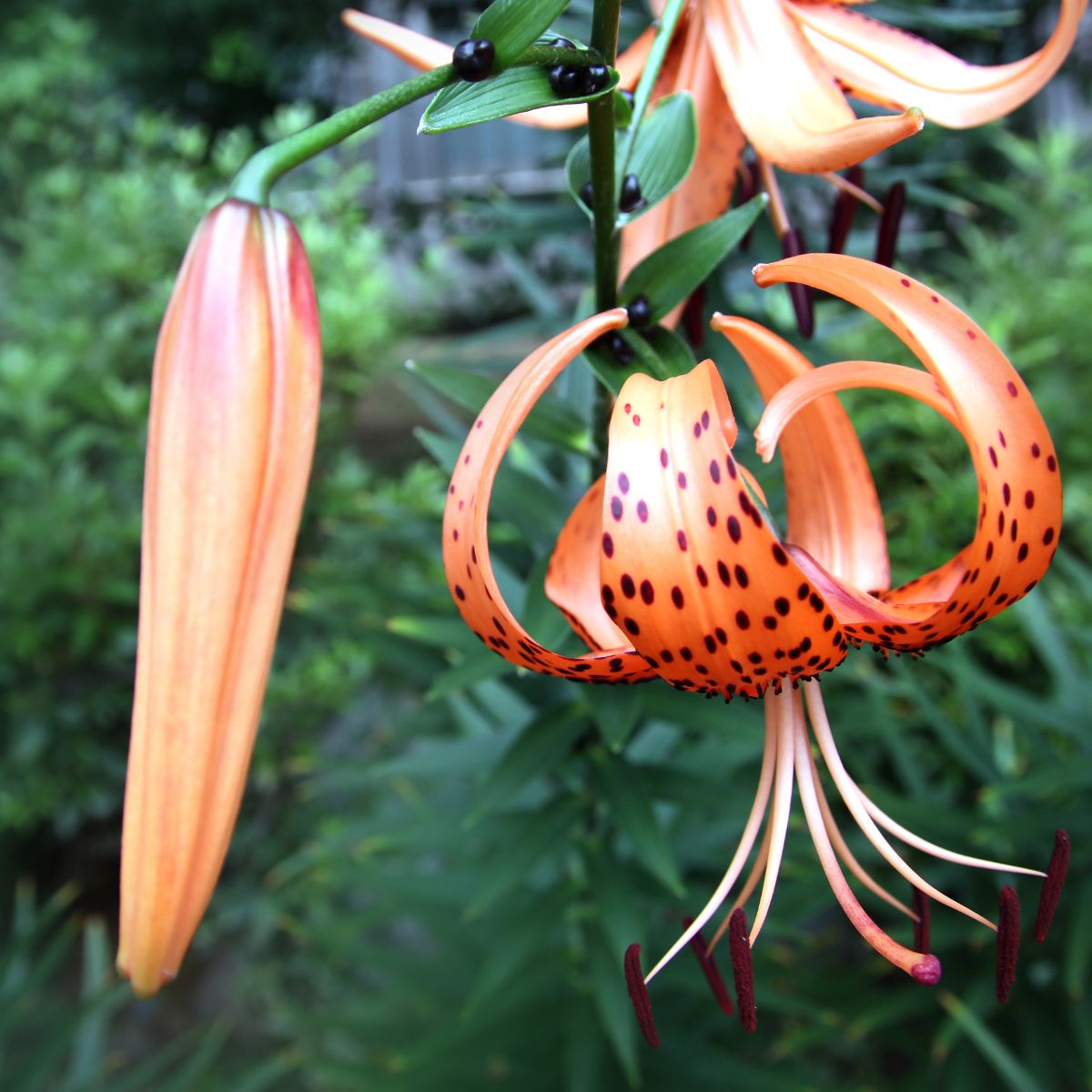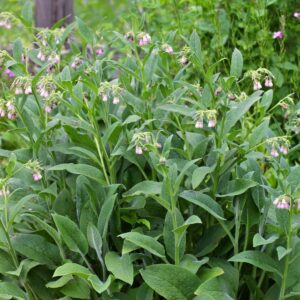Martagon lily (Lilium martagon) is a stunning perennial plant native to Europe and Asia. It is a member of the lily family (Liliaceae) and is sometimes referred to as Turk's cap lily due to the distinctive shape of its flowers.
These lilies are known for their vibrant colors, unique shape, and pleasant fragrance, making them a popular choice for gardeners and flower enthusiasts alike.

Read Next
Martagon Lily Description
Martagon lilies grow from bulbs and can reach a height of up to four feet. The leaves are arranged in a whorled pattern around the stem and are narrow and pointed, growing up to six inches long.
The flowers are pendulous, meaning they hang downward, and are typically 2-3 inches in diameter. They have six petals, which curl backward and are often called "turk's caps" due to their distinctive shape. Martagon lilies come in various colors, including pink, white, yellow, orange, and red, and are known for their pleasant fragrance.
Growing Conditions
Martagon lilies prefer cool, moist soil and partial shade, making them an excellent choice for woodland gardens or shady areas of the yard. They can also grow in full sun but may require extra water to prevent the soil from drying out.
These plants are hardy and can tolerate a range of soil types as long as they are well-drained. They are typically planted in the fall, allowing the bulbs to establish roots before winter. Martagon lilies can also be propagated through division, with new plants emerging from the bulbs of mature plants.
Care and Maintenance
Martagon lilies are relatively easy to care for, but there are a few things to keep in mind to ensure their success. These plants prefer consistently moist soil, so be sure to water regularly, especially during hot, dry weather.
They also benefit from a layer of mulch around the base of the plant, which can help to retain moisture in the soil and protect the bulbs from freezing in the winter.
Fertilizer is not usually necessary, but a light application of a balanced fertilizer in the spring can help to promote healthy growth.
Pests and Diseases
Martagon lilies are generally resistant to pests and diseases, but there are a few things to watch out for. Aphids and red lily beetles can occasionally be a problem, so keep an eye out for signs of infestation, such as yellowing leaves or holes in the foliage.
If pests are detected, treat the plant with an insecticide or use organic pest control methods, such as spraying with a solution of soapy water.
Diseases such as botrytis or lily mosaic virus can also affect martagon lilies, so be sure to keep the area around the plant clean and free of debris, which can harbor fungal spores.



Uses
Martagon lilies are popular for gardens and landscaping due to their striking appearance and pleasant fragrance. They are often planted in woodland gardens or shady areas of the yard, where they can add a splash of color and interest to the landscape. The flowers are also commonly used in cut flower arrangements, as they have a long vase life and are prized for their unique shape and vibrant colors.
Planting Tips For Martagon Lily
- Choose the right location: Martagon lilies prefer partial shade and moist, well-draining soil. They can also tolerate full sun but may require more frequent watering. Avoid planting them in areas with heavy clay soil or prone to flooding.
- Prepare the soil: Before planting, prepare the soil by loosening it with a garden fork and adding organic matter, such as compost or well-rotted manure. This will help improve soil drainage and fertility.
- Plant the bulbs: Martagon lilies are usually planted in the fall, between September and November. Plant the bulbs about 6-8 inches deep and 8-12 inches apart. Water thoroughly after planting to help settle the soil around the bulbs.
- Mulch the area: Apply a layer of mulch, such as wood chips or bark, around the base of the plant to help retain moisture in the soil and protect the bulbs from freezing in the winter.
- Water regularly: Martagon lilies prefer moist soil, so water regularly, especially during hot, dry weather. Avoid overwatering, as this can lead to root rot and other problems.
- Fertilize sparingly: Martagon lilies do not require much fertilizer, but a light application of a balanced fertilizer in the spring can help promote healthy growth. Be careful not to over-fertilize, as this can cause the plant to produce excessive foliage at the expense of flowers.
- Divide mature plants: After a few years, martagon lilies may become overcrowded and need to be divided. This is usually done in the fall after the foliage has died back. Dig up the bulbs and separate them into smaller clumps, then replant in a new location or share them with friends and neighbors.
Conclusion
In conclusion, martagon lilies are a stunning and easy-to-grow perennial plant that can add beauty and interest to any garden or landscape. With their distinctive turk's cap flowers, pleasant fragrance, and wide range of colors, they are sure to be a favorite of gardeners and flower enthusiasts alike. With proper care and maintenance, martagon lilies can provide years of enjoyment and beauty, making them a valuable addition to any garden.





Comments
No Comments